Introduction
Recently a Leitz Summicron-R 50mm 1:2 fell into my lap; it was my father’s and I’d completely forgotten about it until my mother asked me what to do with it.

As the Zeiss Loxia 50mm 1:2 is one of my favorites, I set out to compare the Leitz 50 with that treasure.

Unfortunately the Leitz doesn’t attain infinity focus on the Sony A7R2 with my Novoflex NEX/LER adapter, so I couldn’t use my usual landscape-type shot and did a bookshelf instead. I don’t think the Novoflex adapter is off, it’s more likely that my father adjusted the focus during his adaptation of a Practice B200 with a Leica-R bayonet mount; yup, he liked to tinker around. He would have had the time of his life in this era of adapting everything to mirrorless cameras!
Tests
Anyway, back to the comparison. I haven’t made a Lightroom profile yet for the Summicron so I disabled the profile for the Loxia to get a more level playing field, although I don’t know how much of the built-in profile still is applied to the Loxia raws. All test shots were made with the Sony A7R2 and processed in Lightroom.

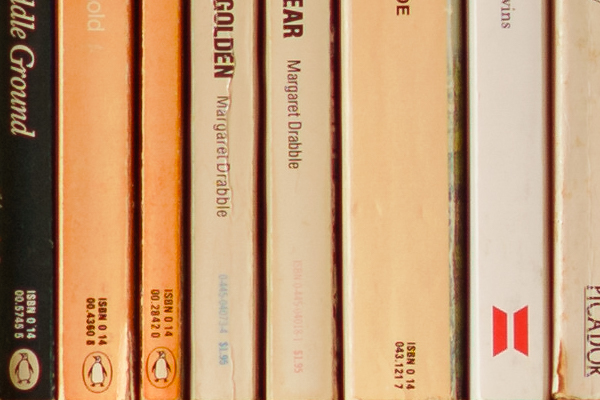
The Loxia has more contrast and looks sharper, the Summicron shows halo and clear purple fringing, which showed up in other shots as well.


More or less the same differences: the Summicron is hazy, the Loxia also but less. Sharpness is reasonable for both lenses. I checked between center and corner for sharpness variations but nothing special happened. I definitely prefer the Loxia here because of its better rendering. I’m showing only one of the corners here, fortunately none of the lenses is plagued by symmetry problems.


Still blue tinges around the highlights with the Summicron, sharpness impression is much improved and at least as good, if not a little better, than the Loxia, which has higher contrast though.
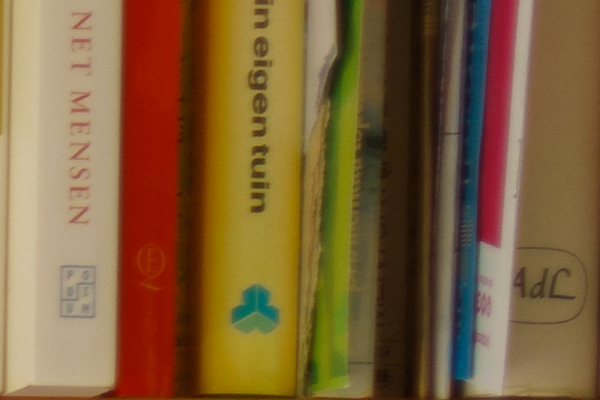

The Loxia has the edge here, not as much halo and equal sharpness. No surprises when looking halfway between center and corner.


Both lenses perform very well by now, the Summicron looks a bit sharper and the haze is gone.
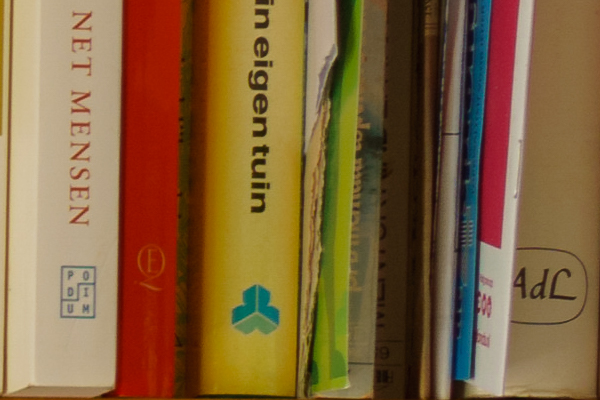

Here it shows that the Loxia’s field curvature increases, the Summicron is clearly sharper and the haze in the corners is gone.


At f/4 the Loxia has a ring of lesser sharpness between center and corners, clearly shown in this sample. The Summicron has much less field curvature.

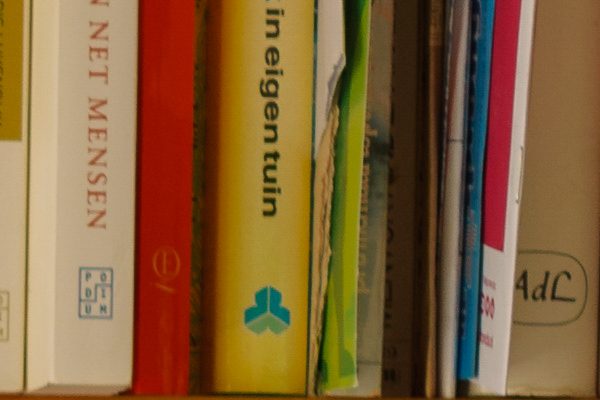
Center performance isn’t shown for f/5.6, there isn’t much between them. The Loxia is getting a bit sharper now, but the Summicron looks really good.


The Loxia improves again because depth-of-field covers up for field curvature but the Summicron still is better.
Epilogue
Of course there are a lot of characteristics that I didn’t test here. Geometric distortion is not a concern of mine, almost always a custom-made Lightroom profile eliminates it to a very high degree. Ghosting and flare remain to be seen for the Summicron, the Loxia is very good in this respect. Bokeh quality? Not tested either.
Both lenses have a reputation, and it shows. The Leitz Summicron 2/50 really comes to life at f/4 and beyond with high sharpness across the frame; I don’t like the rendering at f/2 and f/2.8, too hazy and too much purple fringing, especially wide-open.
The Zeiss Loxia Planar 2/50 is a different beast: it’s already quite good wide-open, even better at f/2.8 but suffers from field curvature at f/4 and f/5.6, preventing a perfectly sharp picture across all of the frame. At f/8 depth of field covers up the field curvature, yielding adequate sharpness across the frame. I use the Loxia a lot and indeed, when I want everything sharp I stop down to f/8; for details near corners and edges f/4 is excellent and f/2.8 will do in a pinch.
Testing is nice but using a lens is a different matter. I much appreciate the fact that the Loxia is transferring its lens data into the EXIF so that Lightroom automatically applies the appropriate profile. Using legacy lenses means editing the EXIF data in order to have Lightroom apply the corresponding lens profile automatically. And that’s a pain, in spite of whatever tricks can be used to remember or record what you’ve been doing in the field. And the Summicron is really good for landscapes I guess, but it needs a repair to regain infinity focus… and at the other end of the price scale there’s my very cheap Minolta MD 2/50 which is really sharp at f/8 across the frame, so I’d simply take that one if the Loxia’s edge and corner sharpness wouldn’t be up to snuff. That said, I did landscape shots with the Loxia and they turned out fine, the Loxia simply delivers beautiful pictures.
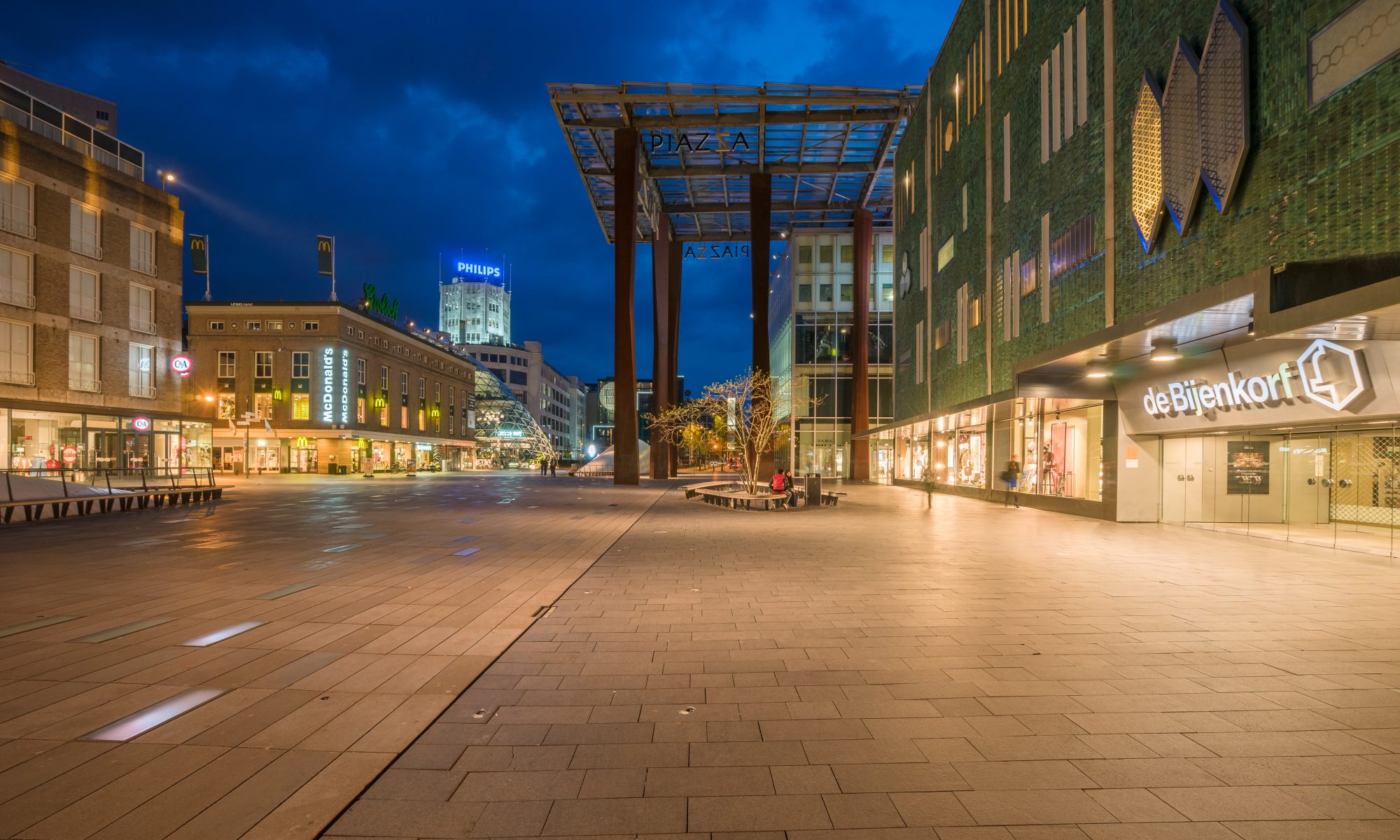
Interesting comparison Ad. Thanks for sharing.
You’re welcome, Mus!
Hello Ad,
thank you for the comparison. I‘m using some Leitz R lenses on my Sony Fullframe Cameras since years. My experience, especially with the Summicron-R, is a little bit different. The lens I own produces absolutely sharp pictures from center to the edges, also fringing is no topic. I’m using the Novoflex adaptor too, focus to infinity is possible.
Kind regards, Frank
Maybe my sample is (a little) defective, I have no way to check that as I don’t intend to buy another one. More and more I tend to avoid legacy lenses when I go out because I dislike the inconvenience of keeping track what lens I used to add EXIF data later.